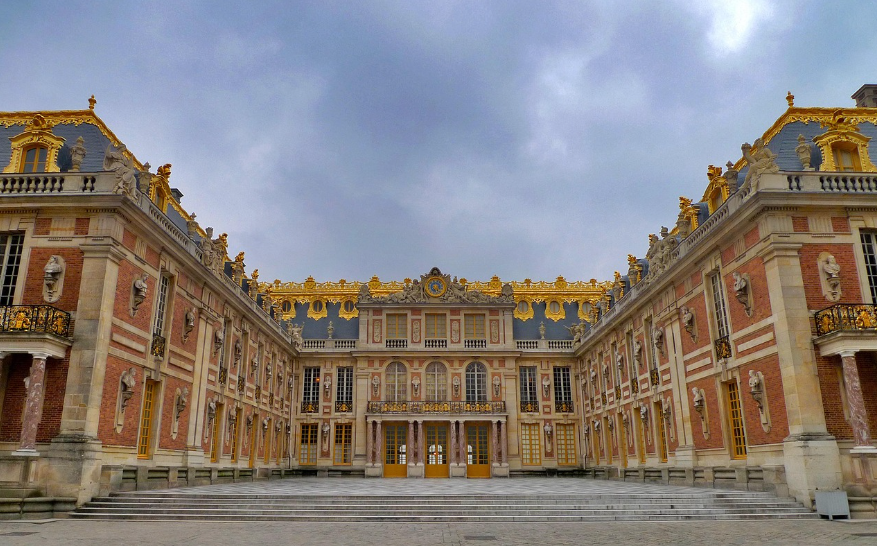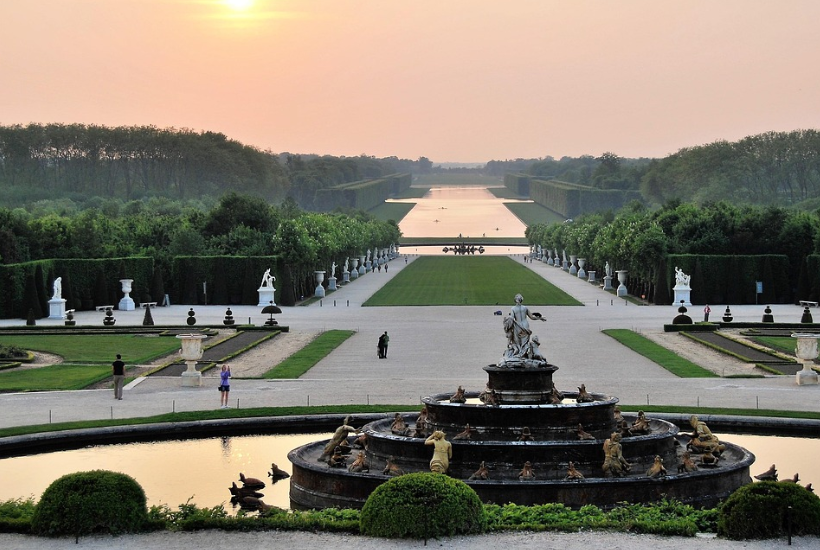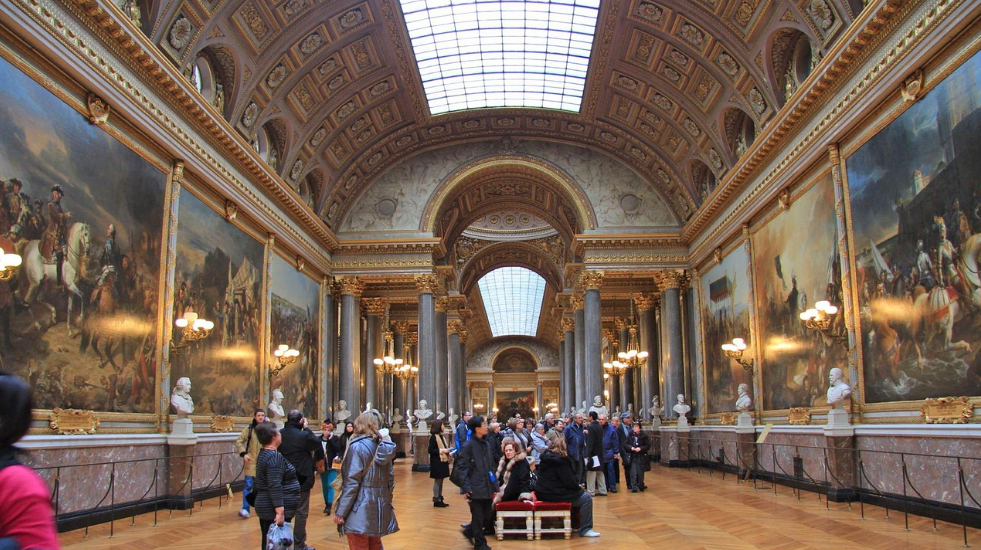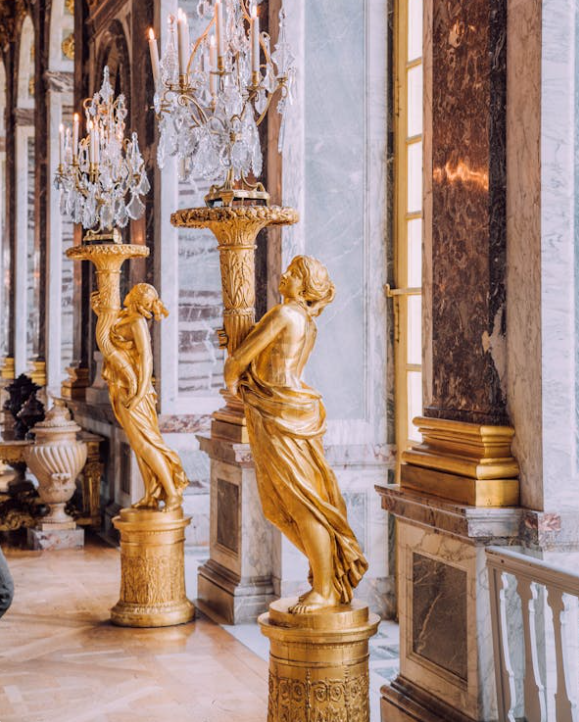The Palace of Versailles stands as a timeless symbol of opulence and grandeur in European history. From its origins as a humble hunting lodge, Versailles evolved into a beacon of royal power and cultural influence. This article delves into the captivating world of Versailles and its counterparts across Europe, exploring their architectural marvels, cultural significance, and enduring legacies.
The Origins of Versailles

Initially built as a hunting lodge by Louis XIII, Versailles underwent several expansions under Louis XIV, transforming it into one of the most magnificent palaces in the world. The palace became synonymous with the absolute monarchy of France and served as the political center of the kingdom.
Architectural Marvels of Versailles
The Palace of Versailles mesmerizes visitors with its unparalleled grandeur. The Hall of Mirrors, a masterpiece of Baroque architecture, reflects the palace’s splendor and the wealth of the French monarchy. Surrounding the palace, the meticulously landscaped gardens showcase the artistry of André Le Nôtre, exemplifying French formal garden design.
Life Inside Versailles
Life within Versailles was a spectacle of luxury and ritual. The royal court followed strict protocols and etiquette, with every aspect of daily life meticulously orchestrated to showcase the power and authority of the monarchy. The palace served as a stage where the aristocracy vied for favor and influence.

Versailles as a Cultural Hub
Beyond its political significance, Versailles fostered artistic and cultural developments that shaped European history. The patronage of artists, musicians, and architects flourished under royal sponsorship, contributing to the richness of French culture during the Baroque and Rococo periods.
Beyond Versailles: Other European Palaces
While Versailles remains unparalleled in its grandeur, other European palaces also captivate with their unique architectural styles and historical significance. Buckingham Palace in London and Schönbrunn Palace in Vienna stand as testaments to the diverse cultural and artistic heritage across Europe.
Comparative Analysis of European Palaces
Each European palace reflects the architectural trends and historical contexts of its time. From the Baroque extravagance of Versailles to the neoclassical elegance of Buckingham Palace, these palaces offer insights into the evolving tastes and ambitions of European monarchs.
Luxury and Opulence: Interior Design
The interiors of European palaces are showcases of artistic mastery and craftsmanship. Lavish furniture, exquisite tapestries, and priceless art collections adorn the halls, providing a glimpse into the lavish lifestyles of royalty and nobility.
Palatial Gardens: Landscaping Mastery
The gardens surrounding European palaces are works of art in their own right. Versailles’ formal gardens set a benchmark for landscape architecture, influencing garden design across Europe and beyond. These meticulously planned landscapes blend natural beauty with geometric precision, creating a harmonious environment for relaxation and contemplation.
Versailles Today: Tourism and Conservation
Today, Versailles welcomes millions of visitors annually, drawn by its historical significance and architectural splendor. Conservation efforts ensure that the palace and gardens remain pristine, allowing visitors to experience the grandeur of Louis XIV’s vision firsthand.
Exploring Versailles: Visitor’s Guide

Visitors to Versailles can explore its myriad attractions, from the opulent State Apartments to the tranquil Grand Trianon. Tips for tourists include navigating the vast grounds efficiently and experiencing the palace’s multimedia exhibitions that bring history to life.
The Versailles Effect: Cultural Legacy
Versailles’ influence extends far beyond its walls, shaping art, architecture, and fashion across the globe. The palace continues to inspire designers and creatives, highlighting its enduring impact on cultural trends and aesthetics.

Challenges in Preserving Historical Palaces
Preserving historical palaces presents unique challenges, balancing conservation with the demands of modern tourism. Restoration projects must delicately maintain the integrity of original designs while ensuring accessibility and safety for visitors.
Future Trends in Palatial Tourism
The future of palatial tourism lies in sustainable practices and digital innovations. Efforts to reduce environmental impact and enhance visitor experiences through technology promise to enrich the cultural heritage of European palaces for future generations.
In conclusion, exploring European palaces offers a journey through centuries of history, art, and cultural exchange. From the majestic halls of Versailles to the elegant gardens of Schönbrunn, these palaces continue to captivate and inspire, embodying the pinnacle of human creativity and ambition.



